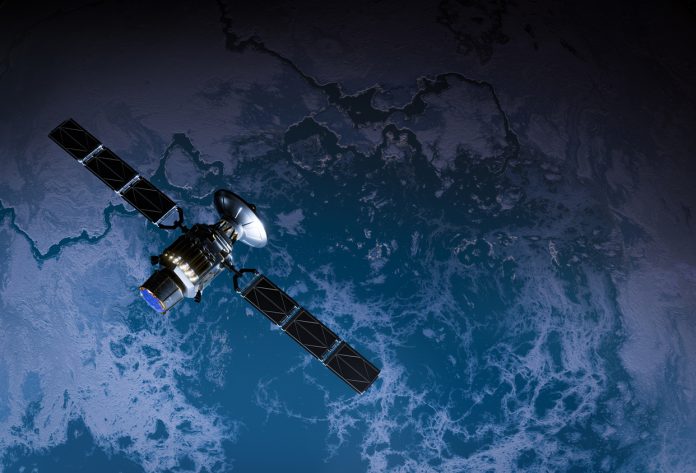Europe is preparing to end 2025 with a significant milestone for its space programme
On 17 December 2025 at 6:01 a.m. CET, an Ariane 6 rocket is scheduled to lift off from Europe’s Spaceport in Kourou, French Guiana, carrying two new Galileo satellites into orbit
This marks the fifth flight of Ariane 6, showing the European Union’s commitment to strengthening autonomous navigation capabilities.
Precision delivery to medium Earth orbit
The upcoming launch will deliver the satellites into Medium Earth Orbit (MEO) at an altitude of about 22,922 kilometres. Spacecraft separation is planned for 3 hours and 55 minutes after liftoff, concluding the primary ascent phase of the mission.
After separation, the two satellites will undertake a carefully controlled sequence of manoeuvres to gradually raise them to their operational orbit at 23,222 kilometres above Earth.
These new spacecraft will join the existing set of first-generation Galileo satellites already circling the planet. Their addition is expected to enhance coverage, improve redundancy, and increase the system’s overall resilience.
Galileo has grown into one of the world’s most accurate and reliable global navigation satellite systems. Its satellites, orbiting at 23,222 kilometres, provide positioning data with accuracy down to the meter range for users worldwide.
This precision helps many applications from smartphone navigation and maritime operations to emergency response and advanced scientific research.
The new satellites carried by Ariane 6 will help expand the system’s capabilities. Increased satellite availability can boost signal reliability, improve performance in dense urban environments, and support next-generation features such as authenticated services and high-accuracy positioning tailored for professional users.
The deployment will also contribute to Europe’s long-term efforts to maintain a robust and independent navigation infrastructure.
Ariane 6 continues to build momentum.
The mission represents another critical step for Ariane 6, Europe’s latest modular heavy-lift launcher designed to support a wide range of mission profiles. Following its inaugural flights, the rocket continues to demonstrate increasing reliability and capacity, solidifying its role as a critical launch platform for both institutional and commercial missions.
This fifth flight shows the collaboration between the European Space Agency (ESA), the European Commission, and the many industrial partners involved in building and operating the Ariane and Galileo systems. Each successful launch contributes to Europe’s strategic autonomy in space and strengthens the continent’s ability to deploy and maintain complex satellite networks.
Roles across Europe’s space ecosystem
Galileo’s development and operation reflect a coordinated effort across multiple European institutions.
The European Union owns the system as part of its wider EU Space Programme, while the European Commission oversees its management. ESA handles the design, development, and qualification of the space and ground segments and manages launch procurement.
It also supports research and future system evolution under the Horizon Europe framework. Meanwhile, the EU Agency for the Space Programme (EUSPA) serves as the service provider, ensuring Galileo services align with market needs and user expectations.











